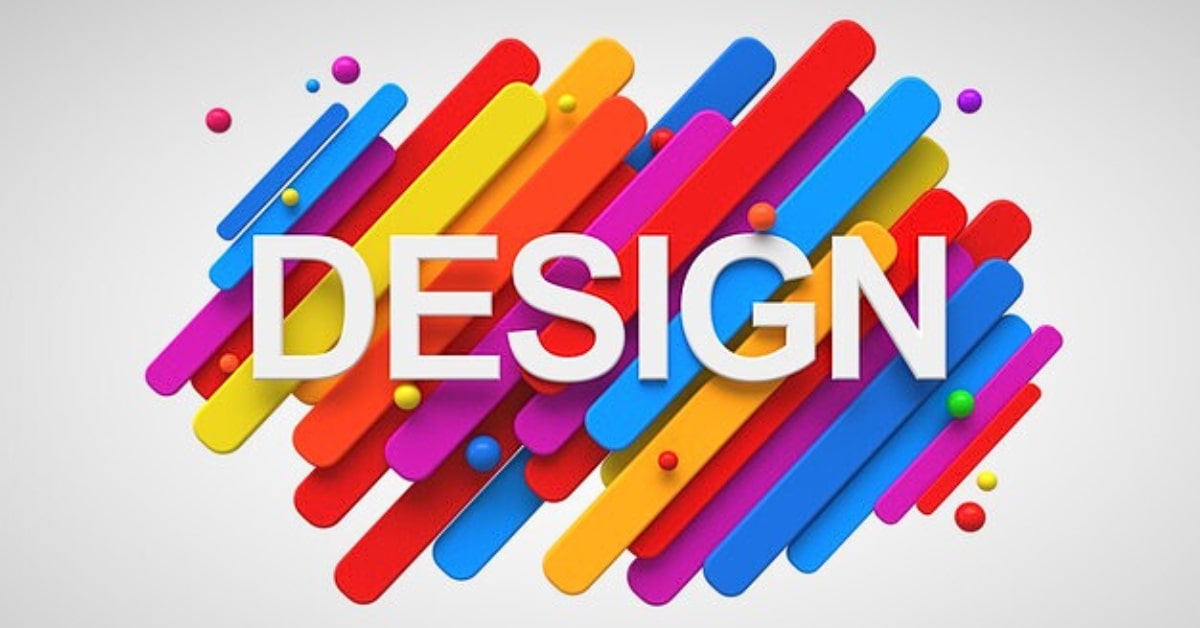Embarking on a journey in graphic design often begins with choosing the right educational path. Graphic design universities offer a wealth of opportunities to nurture creativity, hone editing skills, and pave the way for a fulfilling career in this dynamic field. This article serves as a comprehensive guide, exploring the nuances of selecting the ideal graphic design university for aspiring designers.
Understanding Graphic Design University Programs
Graphic design university programs encompass a range of courses designed to provide aspiring designers with a holistic understanding of design principles, technical skills, and creative thinking. These programs typically offer Bachelor’s and Master’s degrees in graphic design or related fields.
Essential Factors to Consider When Choosing a Graphic Design University
- Curriculum and Specializations: Evaluate the program’s curriculum, focusing on courses offered, specializations available, and alignment with your interests and career goals.
- Faculty Expertise and Industry Connections: Research the faculty’s experience, industry connections, and their influence on the quality of education and networking opportunities.
- Facilities and Resources: Assess the university’s facilities, including design labs, software access, libraries, and other resources crucial for hands-on learning.
- Internship and Job Placement Opportunities: Investigate the university’s partnerships with companies or agencies, as well as their track record in assisting students with internships and job placements.
- Student Work and Portfolio Development: Look for universities that prioritize portfolio development, providing opportunities to showcase and refine your design work.
Types of Graphic Design Programs Offered by Universities
- Bachelor’s Degree Programs: These programs typically span four years and cover foundational design principles, software proficiency, and specialized courses.
- Master’s Degree Programs: Master’s programs offer advanced study and often allow for specialization in specific areas like branding, UI/UX, or motion graphics.
- Online and Hybrid Programs: Some universities offer online or hybrid programs, providing flexibility for students who may not be able to attend classes in person.
Top Graphic Design Universities Around the World
- Parsons School of Design (USA)
- Royal College of Art (UK)
- Rhode Island School of Design (USA)
- Central Saint Martins (UK)
- Tokyo University of the Arts (Japan)
- ArtCenter College of Design (USA)
Selecting the Right Graphic Design University:
- Research Extensively: Explore university websites, attend open houses, and connect with current students or alumni to gather insights.
- Visit Campus or Attend Virtual Tours: Whenever possible, visit the campus or attend virtual tours to get a feel for the environment and facilities.
- Consider Location and Culture: Factor in the university’s location, as it can impact your overall experience and networking opportunities within the design community.
- Financial Considerations: Evaluate tuition costs, available scholarships, and financial aid options to ensure the university is financially feasible.
FAQs
Is a degree from a graphic design university necessary for a career in design?
While a degree isn’t mandatory, it can significantly enhance your skills, credibility, and job prospects in the competitive design industry.
What should I include in my portfolio when applying to graphic design universities?
Showcase a diverse range of design projects that demonstrate creativity, technical skills, and your unique design style.
Can I switch majors within a university if I initially enroll in a different program?
Many universities allow students to transfer majors, but requirements and processes for transfers vary among institutions.
Are online graphic design university programs as reputable as traditional on-campus programs?
A4: Many reputable universities offer high-quality online programs, providing flexibility without compromising educational standards.
Conclusion
Choosing the right graphic design university is a crucial step toward a successful career in design. By meticulously evaluating factors such as curriculum, faculty, resources, and growth opportunities, aspiring designers can make an informed decision that aligns with their aspirations and sets the stage for a fulfilling educational journey.
This page was last edited on 6 March 2024, at 9:43 am
